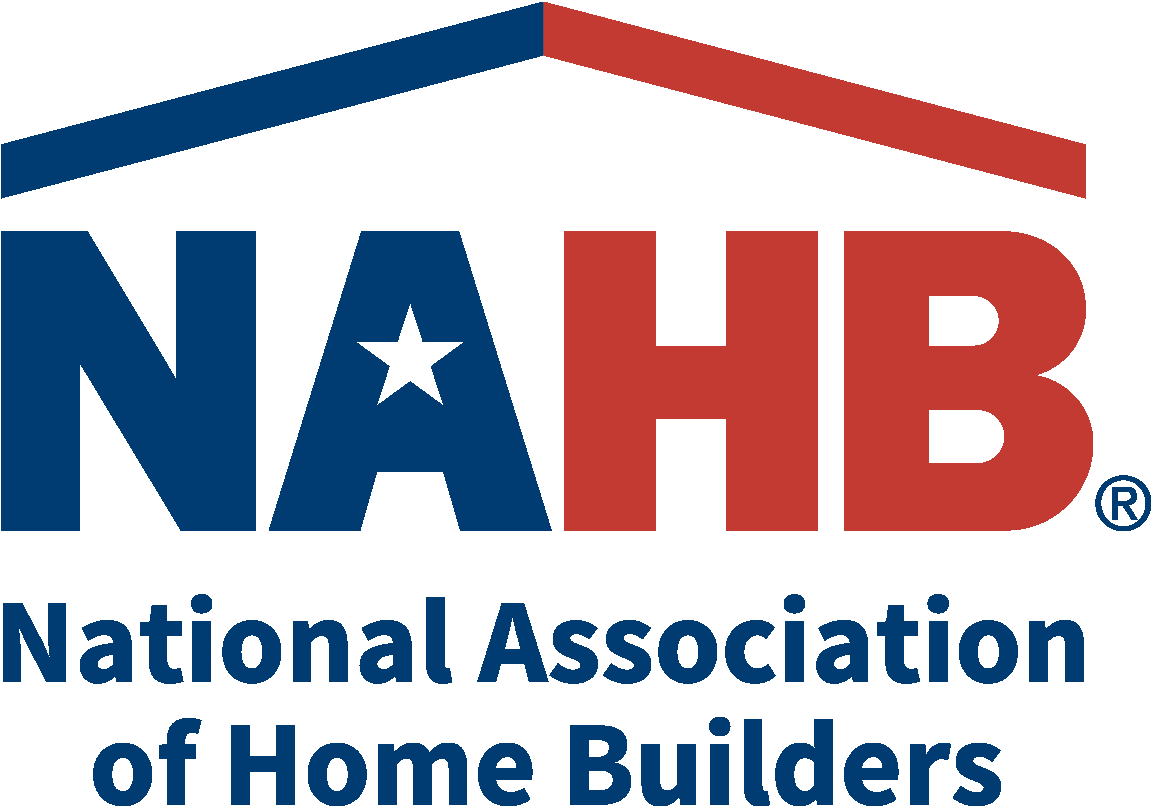Cooling Trends Continue for Housing
NAHB Chief Economist Robert Dietz recently provided this housing industry overview in the bi-weekly e-newsletter Eye on the Economy.
The pace of home building continued to slow in July, blighted by a combination of supply-chain constraints and diminishing housing affordability.
Overall housing starts decreased 7% to a seasonally adjusted annual rate of 1.53 million units. Although single-family home building is up 27% on a year-to-date basis (when compared to the declines in the spring of 2020), single-family starts dropped 4.5% from the previous month and permits were at the lowest pace since July 2020.
These data are consistent with the NAHB/Wells Fargo Housing Market Index, which fell 5 points to a level of 75. This is the lowest reading in 13 months as builders continue to grapple with higher building material costs (up 13% for the first half of 2021 alone on aggregate, despite lower lumber costs) and long delivery times for items such as windows, flooring, OSB and appliances.
The multifamily sector, which includes for-rent apartment buildings and condos, was down 13.1% in July at a 423,000 annual rate for 2+ unit construction. Multifamily construction is up about 10% year to date, but the July starts estimate was the lowest since February.
Higher construction costs and solid housing demand have produced significant increases for home prices and rents — with additional hikes on the way. And those higher cost burdens have weakened housing affordability.
Indeed, according to the NAHB/Wells Fargo Housing Opportunity Index, just 56.6% of new and existing homes sold between April and the end of June were affordable to families earning the U.S. median income ($79,900). This marks the lowest level of affordability since the first quarter of 2012.
Although these challenges have taken some steam off the market, demand remains strong. The primary challenges for the industry remain to improve lot, labor and material pipelines, and to balance local affordability conditions as costs rise faster than incomes.
Latest from NAHBNow
Jun 27, 2025
National Housing Center Awards Recognize Outstanding Industry LegendsSeveral industry leaders were recently honored for their contributions to the housing industry during the National Housing Center Awards Ceremony on June 10 in Washington, D.C. Learn more about the recipients and how to nominate individuals for the awards.
Jun 26, 2025
Harvard Report Shows the Housing Affordability Crisis WorseningThe U.S. housing market continues to face uncertainty and record-high unaffordability as home prices and interest rates push sales to their lowest level in 30 years, according to The State of the Nation’s Housing 2025, a report published by the Harvard Joint Center for Housing Studies (JCHS).
Latest Economic News
Jun 27, 2025
State and Local Property Tax Revenue Grows in the First QuarterIn the first quarter of 2025, state and local governments experienced an increase in property tax revenue growth. On a seasonally adjusted basis, state and local government property tax revenue grew 1.1% over the quarter, according to the Census Bureau’s quarterly summary of state and local tax revenue.
Jun 26, 2025
Mortgage Rates Hold Steady Despite Modest Uptick in Treasury YieldAverage mortgage rates were flat in June, according to Freddie Mac. The average 30-year fixed-rate mortgage held at 6.82%, while the 15-year stayed at 5.95%. Compared to a year ago, the 30-year rate is down 10 basis points (bps), and the 15-year rate is 24 bps lower.
Jun 26, 2025
State-Level Employment Situation: May 2025Nonfarm payroll employment increased in 37 states in May compared to the previous month, while it decreased in 10 states and the District of Columbia. The three remaining states, Alaska, Delaware, and New Jersey reported no change. According to the Bureau of Labor Statistics, nationwide total nonfarm payroll employment increased by 139,000 in May following a gain of 147,000 jobs in April.
